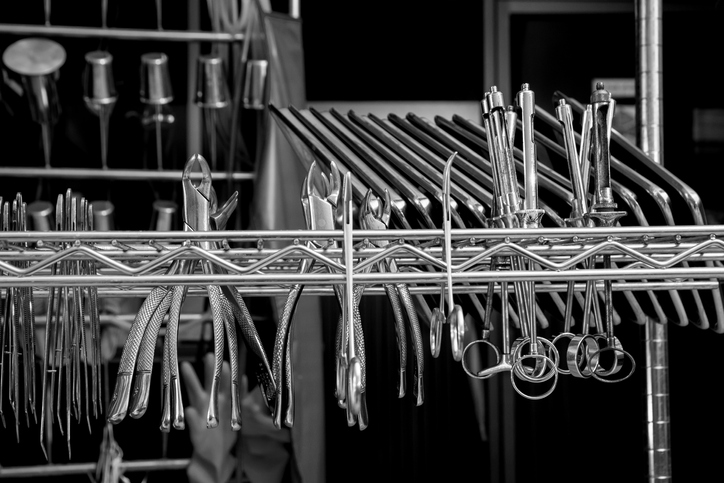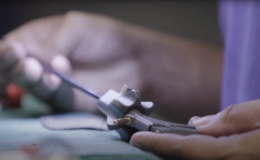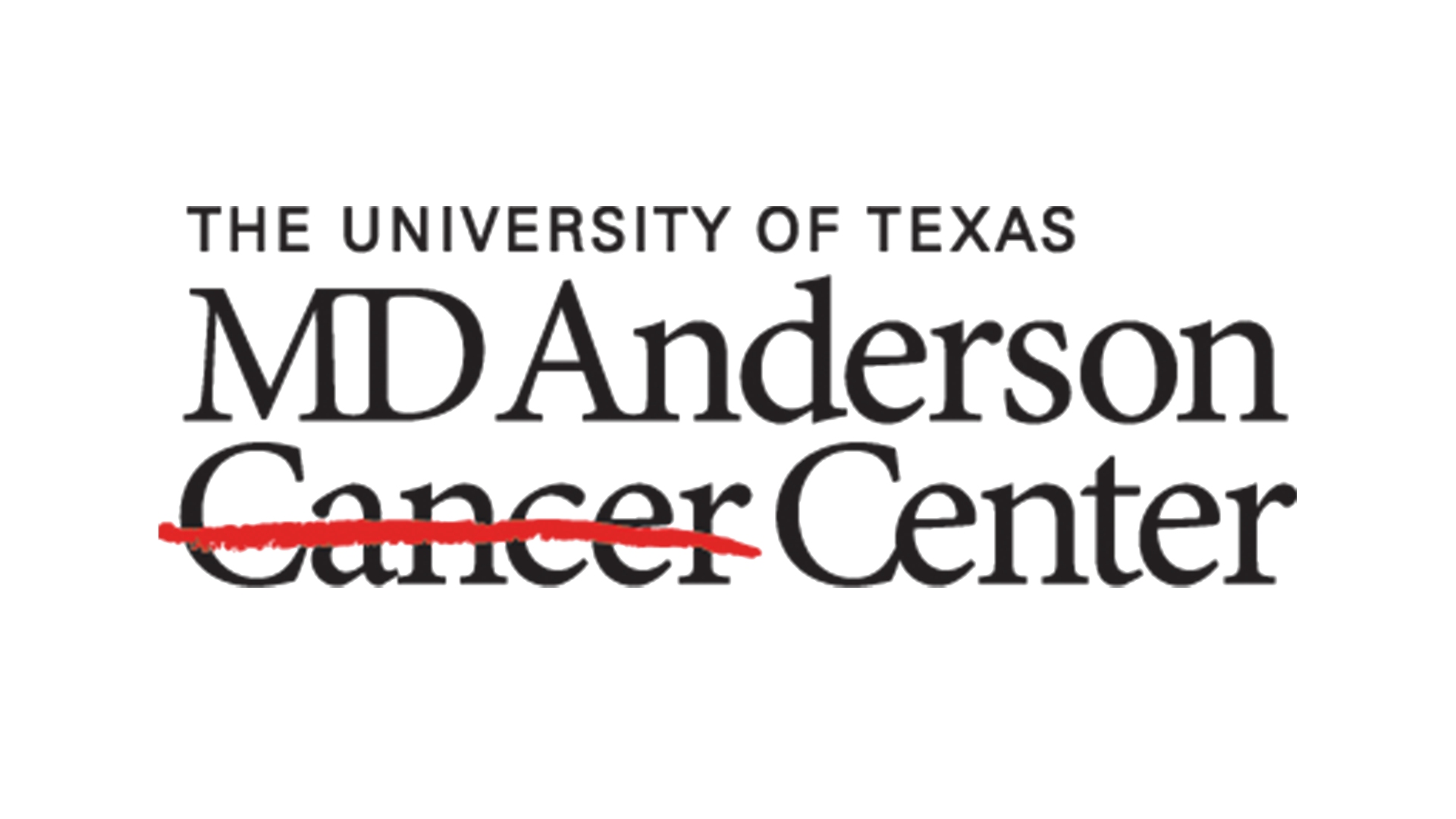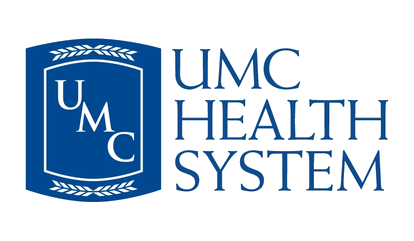Spring Into Action!
Ternio Newsroom Staff | March 23, 2022
The quality of care for surgical patients depends first and foremost upon the expertise, skills, and dedication of the clinicians involved. But the case could be made that the instruments used in the OR — their quality, cleanliness, and availability — are equally important. After all, whether a procedure is lifesaving or life-endangering could depend upon the readiness, reliability, and precision of these instruments.
That regular, consistent, and timely review of instrument management protocols should be a top priority is a given. But the rapid evolution of instrument technology means that periodic reviews of these protocols are even more urgent. Here’s one example: Laparoscopic procedures have replaced open procedures in growing numbers across many specialties. As recently as the mid-’90s, laparoscopic instruments could not be broken down. Now they are either designed to be disposable or can be completely disassembled.
The High Cost of Unusable Instruments
Instrument quality and safe patient care are highly correlated. It’s been estimated that, due to poor reporting of patient safety incidents, as many as 1,500 incidents of poor-quality surgical instruments causing patient harm may be occurring annually[i]. Inadequately repaired or maintained instruments result in many direct and indirect costs, including
- Dissatisfied physicians and other surgical team members
- Surgical delays and the attendant higher operating costs
- Higher rates of employee turnover
The Total Cost of Instrument Ownership
Hospitals need to consider the entire instrument life cycle, from acquisition to maintenance, repair, and ultimately, replacement. The longevity of instruments is critically affected by the extent to which IFUs (Instructions for Use) are followed, and what protocols are in place to ensure that good techniques are followed in their cleaning, sterilization, storage, access, tracking, transport, and use.
Question Every Instrument Purchase
The responsibilities and costs associated with instrument ownership require careful consideration before the acquisition of new instruments. Before a purchase order is generated, hospitals must know the answers to at least these 4 questions:
- Is the equipment needed to process this instrument on-site?
- Are the recommended chemicals to clean this product (if applicable) available on-site?
- Are the end-user and staff trained on this product/instrument?
- How will set contents be updated to avoid unnecessary inventory, redundant instrumentation, and potential damage to needed instruments?
It’s in Your Inventory. Now What?
While the basics of instrument care are largely dictated by manufacturers’ recommendations, hospital protocols, and common sense, we offer the following reminders.
- Clean immediately after use.
- Keeping surgical instruments moist and cleaning them as soon after use as possible helps to break down the bioburden. Delays will make this more difficult, especially for instruments with channels or cannulas.
- Have a reliable water source.
- A purified water system is absolutely essential for compliance with minimum standards and extends the useful lifetime of instruments by activating enzymes and removing mineral deposits and biofilms.
- Assure staff is properly trained.
- Explanatory sentence
- Use instrument tracking reporting and software.
- Some instrument wear early warning signs are difficult to detect. Tracking the number of uses of these instruments allows facilities to get them into an effective preventative maintenance schedule.
Outsource or In-House?
A properly staffed and trained in-house biomedical team should be expected to keep up with all the moving parts and considerations involved in surgical instrument management, including…
- Warranty periods
- Software updates
- Preventive maintenance schedules
- Corrective actions
- Service bulletins
- …and more
…but that “properly staffed and trained” part, always challenging, is getting to be more problematic for a growing number of medical facilities.
Many medical facilities have found that outsourcing surgical instrument restoration, repairs, and maintenance is a more attractive and efficient option. This is borne out by the growth in the global medical device cleaning market, which is now over $2B annually and growing at a compound annual growth rate (CAGR) of 8.2%[ii]. The singular, specialized mission of third-party surgical instrument restoration and repair companies requires them to employ certified, versatile, trained specialists and to have workflow processes streamlined to deliver maximum value for these targeted investments. And independent service centers are equipped and certified to provide services across multiple brands, bringing the management of multiple OEM contracts together through a single source.
Now is the Time
With all this in mind, what better time than now to spring into action by reviewing and/or updating your surgical instrument protocols.
[i] Patient Safety Incidents Caused by Poor Quality Surgical Instruments, Elizabeth D Dominguez & Brett Rocos https://pubmed.ncbi.nlm.nih.gov/31417822/#:~:text=Poor%20reporting%20of%20patient%20safety,quality%20surgical%20instruments%20causing%20harm.
[ii] Medical Device Cleaning Global Market Report 2021 https://www.thebusinessresearchcompany.com/report/medical-device-cleaning-global-market-report



















